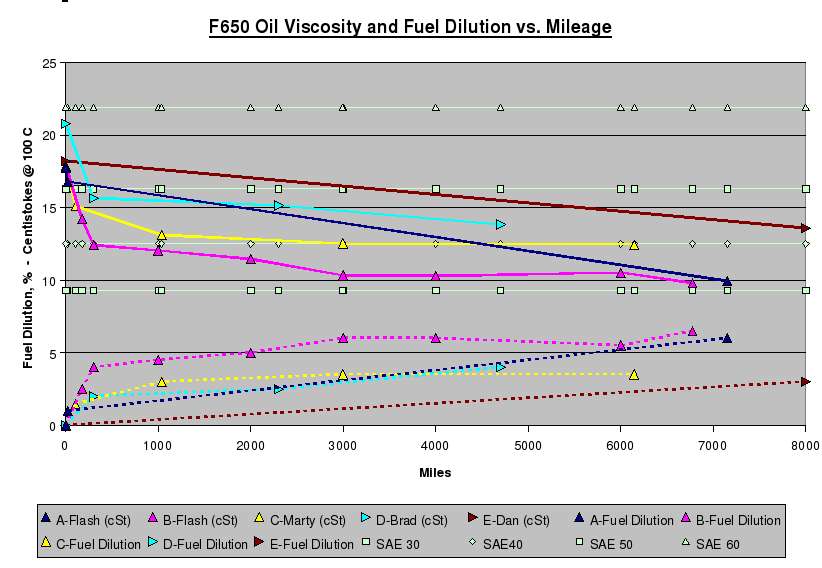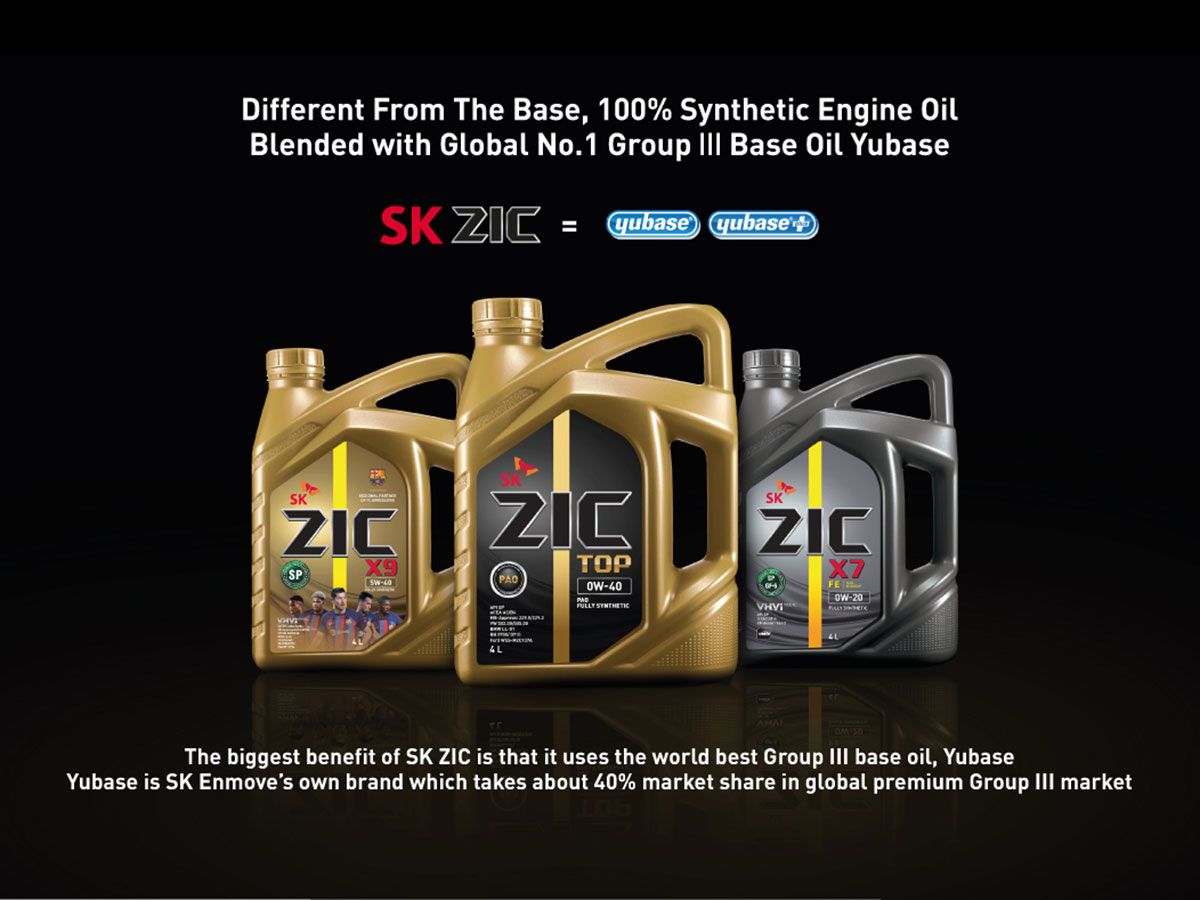
Dispersants are engine additives that keep contaminants suspended in the fluid.

Detergents are engine additives that prevent contaminants from adhering to components, especially hot components such as pistons or piston rings. While the solvency of the oil is important, detergents and dispersants play a key role. Detergents help keep critical components, like the pistons, clean and functioning properly. Solvency is the ability of a fluid to dissolve a solid, liquid or gas. Base oils possess a varying degree of solvency that assists in maintaining internal cleanliness. Lubricants maintain internal cleanliness by suspending contaminants within the fluid or by preventing the contaminants from adhering to components. Lubricants reduce contact between components, minimizing friction and wear. Modern engine oil is a highly specialized product carefully developed by engineers and chemists to perform many essential functions. Striking the perfect balance of the proper engine additives in relation to the base oil is a tough balancing act for oil formulators, especially as vehicles grow more demanding and sophisticated. A few examples of chemical additives include zinc, phosphorus and boron. The various chemicals that comprise an engine oil’s additive system provide anti-wear, anti-foam, corrosion protection, acid neutralization, viscosity maintenance, detergency and discrepancy properties. Their versatility and pure, uniform molecular structures impart properties that provide better friction-reduction, optimum fuel efficiency, maximum film strength and extreme-temperature performance conventional lubricants just can’t touch.īuy AMSOIL Synthetic Oil Engine oil additives As such, synthetic base oils contain no contaminants or molecules that don’t serve a designed purpose. Synthetic base oils, on the other hand, are highly engineered to include only beneficial molecules. The oil refining process separates the various types of molecules in the oil by weight, leaving molecules similar in weight but dissimilar in structure, reducing performance. Contaminating elements such as sulphur, nitrogen, oxygen and metal components such as nickel or vanadium are inherent to crude oil and cannot be completely removed through the refining process. Petroleum (or conventional) base oils are refined from crude oil. They lubricate internal moving parts, absorb heat and seal the piston rings.Įngine oil base oils can be composed of 1) petroleum, 2) chemically synthesized materials or 3) a combination of synthetics and petroleum (called semi-synthetic or synthetic blend). The base oils comprise the largest portion of the engine oil. Think of coffee as an analogy – the base oil is the water and the additive package is the coffee beans. The two work in tandem to produce the final product you put in your engine.

Without car engine oil, your engine would destroy itself in a matter of seconds.īuy AMSOIL in Australia What is engine oil made from?Įngine oil contains two fundamental components: base oils and additives. Put simply, it’s the lubricant that prevents all those metal parts from tearing each other apart or welding themselves together into the world’s coolest boat anchor. Engine oil is one of the most important factors in your engine’s performance and longevity.


 0 kommentar(er)
0 kommentar(er)
